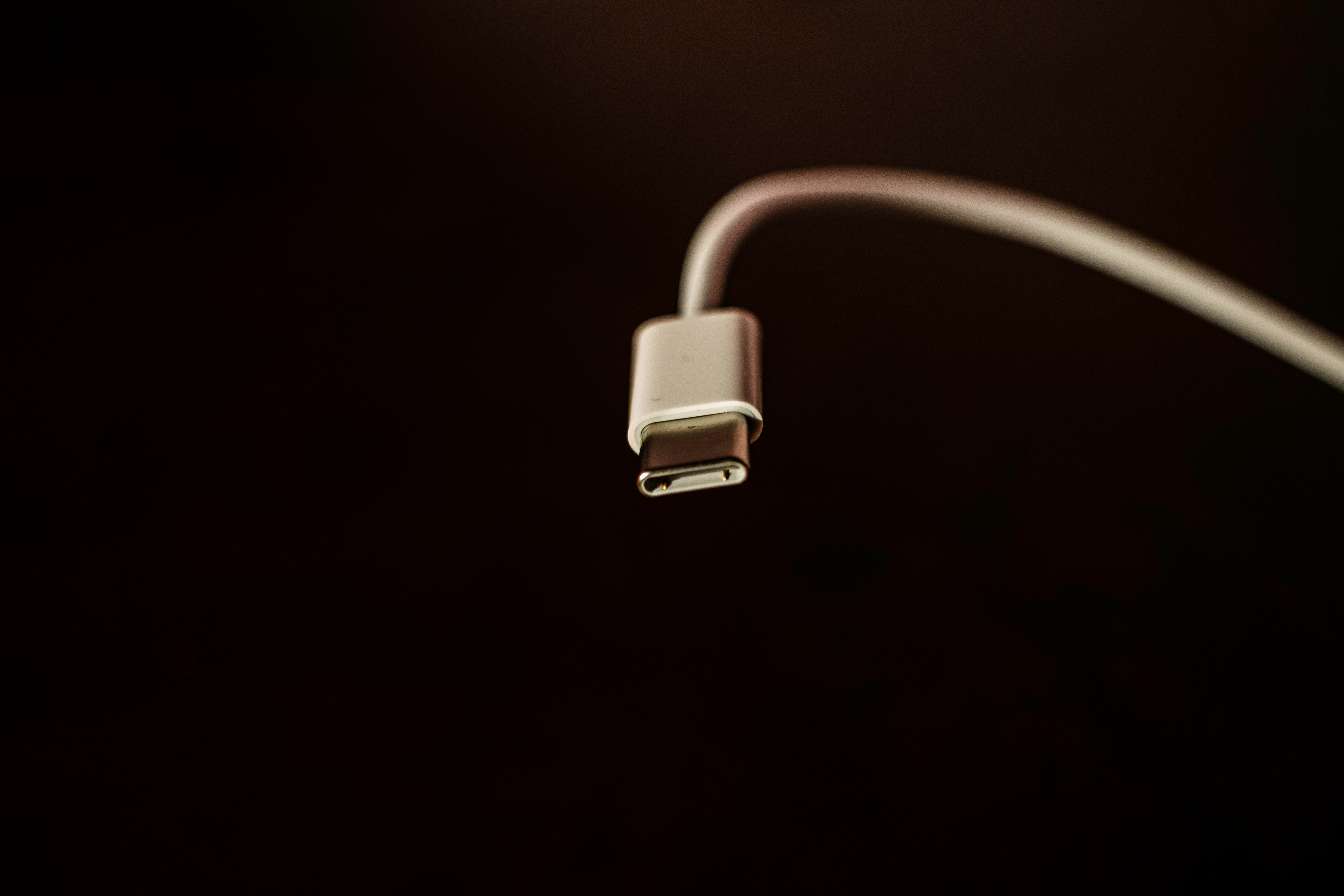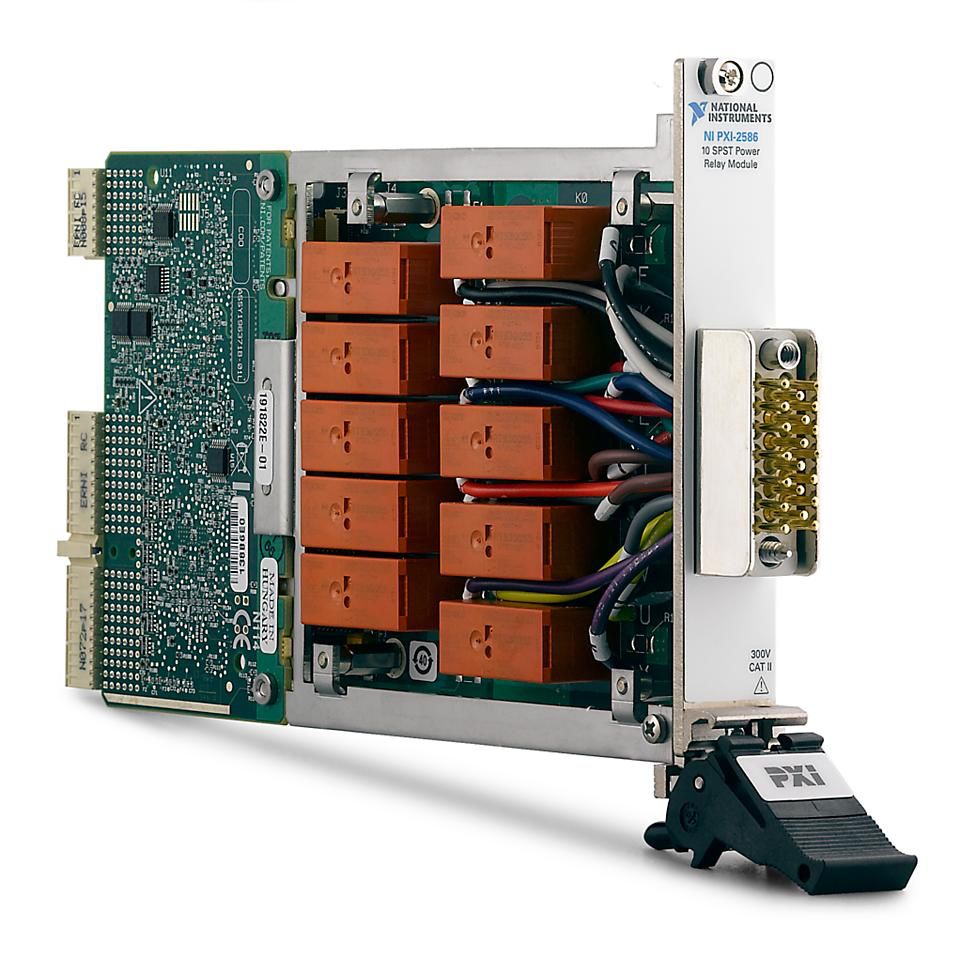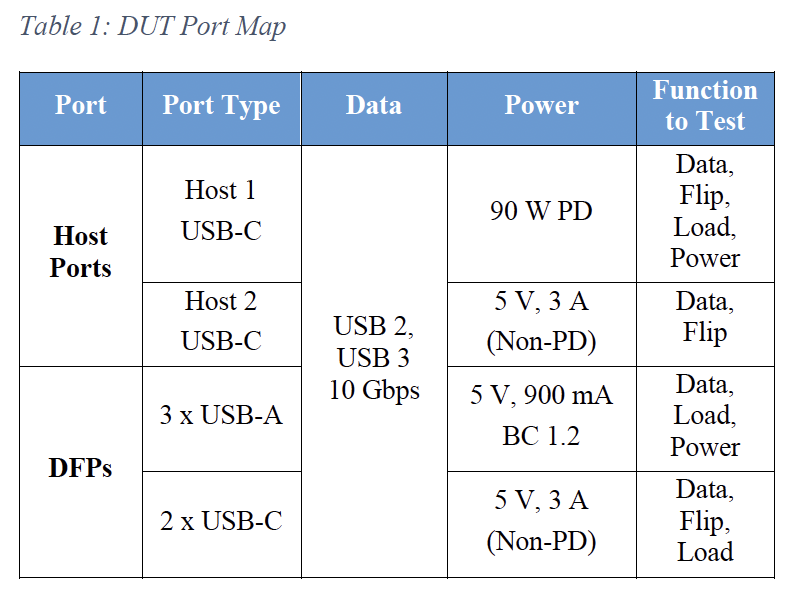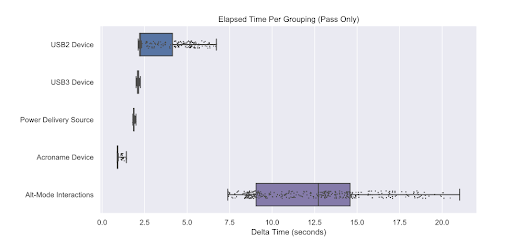3 months ago
Preparing devices for shipment is more than boxing them up. Batteries must be at the correct state of charge, and data needs to be wiped and the OS needs to be restored. Acroname’s USBHub3c can be used to control device provisioning and deployment, and specifically enables automated wipe-and-…




